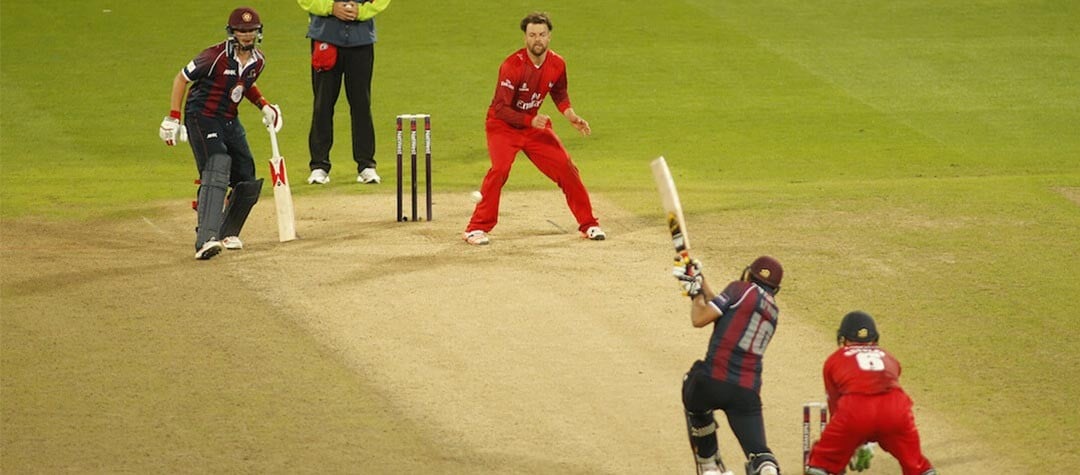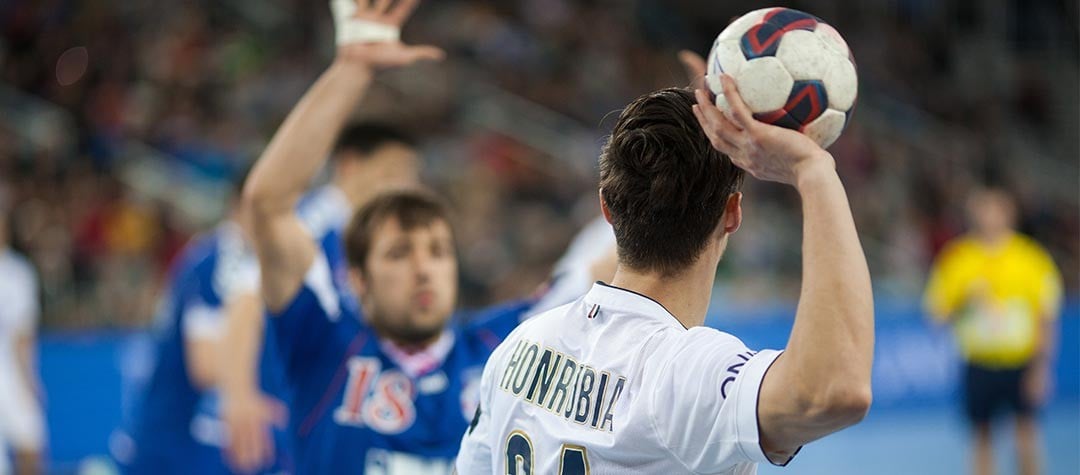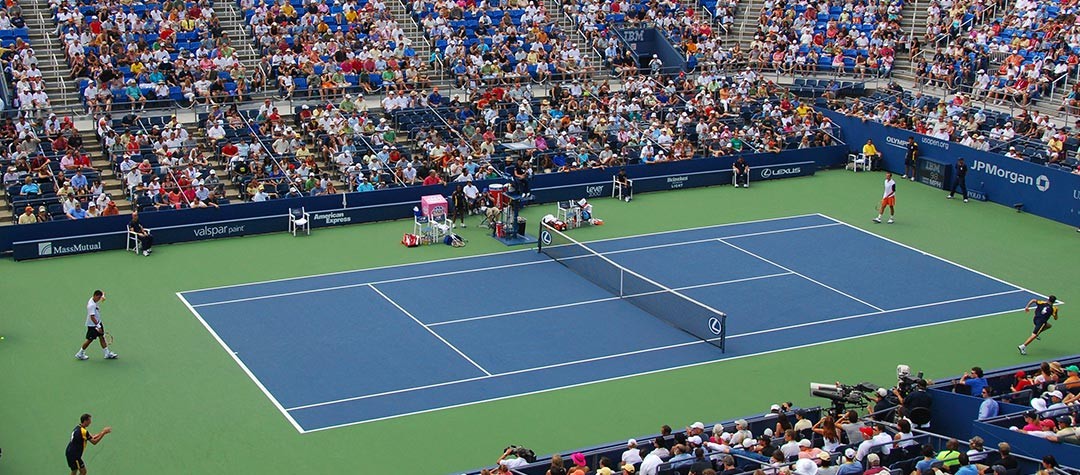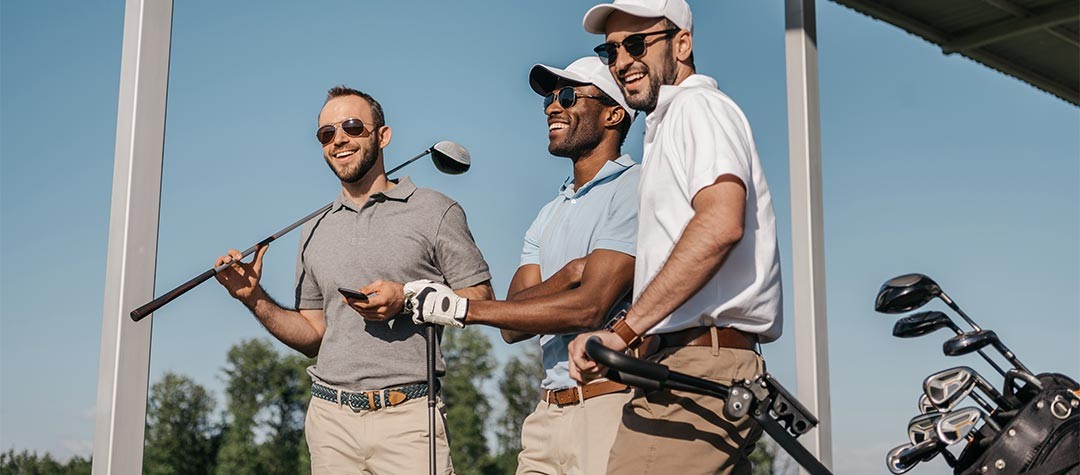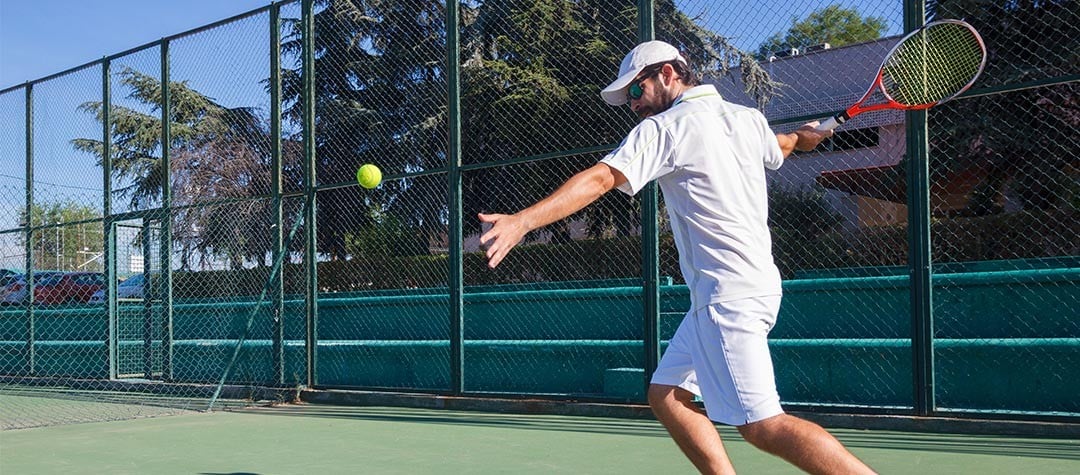Interested in playing American football? Brush up on what to pack in your kitbag with our basic gear guide.
Football kit has come a long way from the early days when players wore very little padding and injuries, even fatalities, were a regular occurrence. These days, the equipment allows the game to be played to its full, brutal potential by greatly reducing the risk of serious injury. Modern football equipment is also is relatively light, allowing the player to move at ease, while also providing the necessary protection. Here is our guide to all of the essential gear you will need on the football field.
The ball
Many companies produce both leather and synthetic leather footballs designed for players of different ages. These range from foam footballs for under 6s, to balls for junior and youth football, right through to collegiate and official professional footballs. If you want to your child to become an all-star quarterback you should buy a smaller practice football so that they can properly develop their throwing technique.
The helmet
The helmet consists of a hard plastic top with thick padding (usually replaceable) on the inside, a facemask made of several metal bars, and a chinstrap used to secure it. Some players also add visors to their helmets to protect their eyes from glare and impact. Helmets are required at all levels of the game, except for non-tackle variations such as touch or flag football.
Clothing
The jersey will be oversized to accommodate the padding which goes underneath it, while the pants or leggings will be of a stretch material so that any additional padding can be fitted underneath them or slipped inside special slots in the pants which are intended to hold the padding, such as that on the thighs and knees.
Shoulder pads
Shoulder pads are the most obvious form of padding worn by players. Most modern shoulder pads consist of a shock absorbing foam material with a hard plastic piece on top of the foam. Select the appropriate shoulder pads for your size and position. For example, quarterbacks, place kickers, and punters generally use lightweight shoulder pads that stay in place and don’t affect line of sight or head movement while other players may go heavier pads which stay in place after taking a big hit.
Other armour
Other armour is available to protect other areas of the body. These include collar pads and neck rolls to protect the collarbone; rib vests and rib protectors to keep your rib cage and lungs out of harm's way; forearm pads to shield the arms and hands when blocking and tackling; padded gloves to give hands even more coverage; hip pads and tailbone pads to protect hips and tailbone; and thigh pads and knee pads which can be slid into the pockets of football pants.
Mouth guard
The mouth guard is the essential device that fits into the mouth over one or both arches of teeth to protect against injury during contact. These can be made-to-measure by a dentist or you can buy ones that you can heat and then fit and mould to your own teeth.
Athletic supporter and cup/box (jock strap and groin guard)
Players wear an undergarment which is used to support the protective box which is worn by players to protect their groin area should they be subject to a blow where they would rather not have been.
Footwear
Many games are played on artificial turf and proper shoes should be worn to ensure a good grip on the surface. These would normally be ones consisting of small molded rubber cleats or studs, while footwear with detachable cleats would often be worn in conditions such as playing on grass. The footwear will usually either be made of leather which is durable and flexible compared to inexpensive synthetic cleats which are a good choice for kids who will outgrow their footwear regularly.











